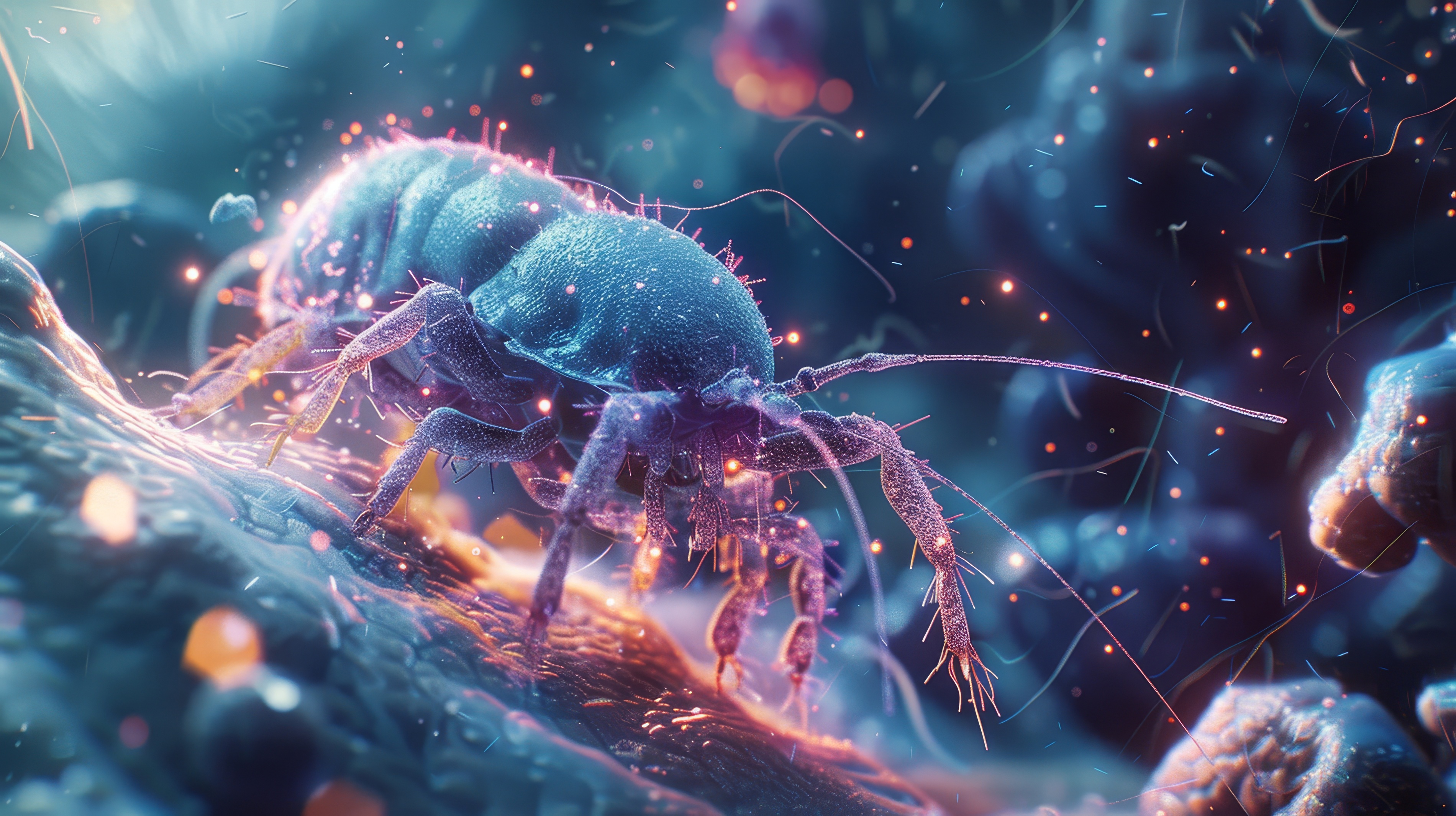
Glycosylation: A New Marker for Allergen Immunotherapy
Discover the groundbreaking role of glycosylation in allergen immunotherapy (AIT) for house dust mite allergies. New research unveils how changes in glycan structures can serve as stable markers for monitoring immune tolerance, potentially revolutionizing AIT effectiveness assessment.
Unveiling the Role of Glycosylation in Allergen Immunotherapy: A New Perspective on Allergic Tolerance
At a Glance
Study Focus: Analysis of serum protein N-glycans in patients with house dust mite (HDM) allergies.
Participants: 57 patients divided into three groups based on AIT treatment status.
Key Findings:
Identification of 84 N-glycans.
Significant alterations in glycan expressions post-AIT.
Nine N-glycans consistently changed, indicating potential markers for immune tolerance.
New Insights into Allergic Disease Treatment
In the realm of allergic diseases, allergen immunotherapy (AIT) stands as the only disease-modifying regimen capable of achieving immune tolerance. However, the underlying molecular mechanisms have remained largely elusive. But that's all about to change!
A new study has shed light on the pivotal role of glycosylation changes in this process, specifically focusing on patients allergic to house dust mites (HDM). This research offers promising insights that could revolutionize the way we monitor and understand the effectiveness of AIT.

The Rising Challenge of Allergies
Allergic diseases, particularly allergic rhinitis and asthma, have been on a relentless rise, significantly impacting daily life and productivity. Current symptomatic treatments offer only partial relief. AIT, a long-term treatment that desensitizes the immune system to specific allergens, has emerged as the only curative approach. However, monitoring its effectiveness has remained a challenge, primarily relying on subjective patient evaluations.
Glycosylation, a common posttranslational modification of proteins, plays a critical role in the immune response. This study aims to decipher the glycosylation changes in serum proteins that correlate with the transition from allergy to immune tolerance.
Methods
The study enrolled 57 HDM-allergic patients, categorized into three groups: 28 untreated, 19 recently started on AIT maintenance, and 10 in AIT maintenance for over a year. Serum protein N-glycans were analyzed using matrix-assisted laser desorption ionization-time of flight mass spectrometry (MALDI-TOF MS), including linkage-specific sialylation information.
Results
Identification and Alteration of N-Glycans
Eighty-four N-glycans were identified across all patient groups. Significant changes were observed in the glycan profiles of patients undergoing AIT. Specifically:
Short-term AIT: Downregulation of high-mannose glycans and upregulation of α2,6 sialic acid.
Long-term AIT: Downregulation of biantennary N-glycans and upregulation of complex multibranched N-glycans.
Consistent Changes in Nine N-Glycans
Nine N-glycans exhibited consistent changes across treatment durations, suggesting their potential as markers for monitoring immune tolerance:
Decreased: H5N2, H3N4F1, H5N3F1, H4N4F1L1, H4N5F1L1, H5N5E1Ac2, H5N4F1L2.
Increased: H5N4F1E2, H7N6F1L2E2.
From Simplicity to Complexity: The Glycan Evolution
The study underscores the transition from simple to complex glycan forms in serum post-AIT. As treatment progresses, high-mannose and biantennary glycans decrease, while triantennary, tetra-antennary, and multibranched glycans increase. This glycan complexity correlates with immune tolerance.
A notable finding is the role of α2,6 sialic acids, which are known for their suppressive functions in immune reactions. Their increased expression post-AIT suggests a gradual shift towards immune tolerance.
 A long period of repeated stimulation by allergens results in an increased α2,6 sialic acid expression level in the serum proteins of patients and indicates that the immune response is gradually tolerated.
A long period of repeated stimulation by allergens results in an increased α2,6 sialic acid expression level in the serum proteins of patients and indicates that the immune response is gradually tolerated.
Key Takeaways
The study provides crucial insights into the molecular changes that accompany AIT, highlighting the potential of glycosylation as a stable marker for monitoring treatment efficacy. While further research with larger sample sizes is needed, these findings pave the way for more refined and objective assessment methods in AIT.
Looking Ahead
Further exploration into the glycosylation patterns of other allergens and larger patient cohorts will help validate these findings. Integrating glycosylation markers into routine clinical practice could revolutionize the monitoring and personalization of AIT, ultimately enhancing patient outcomes.